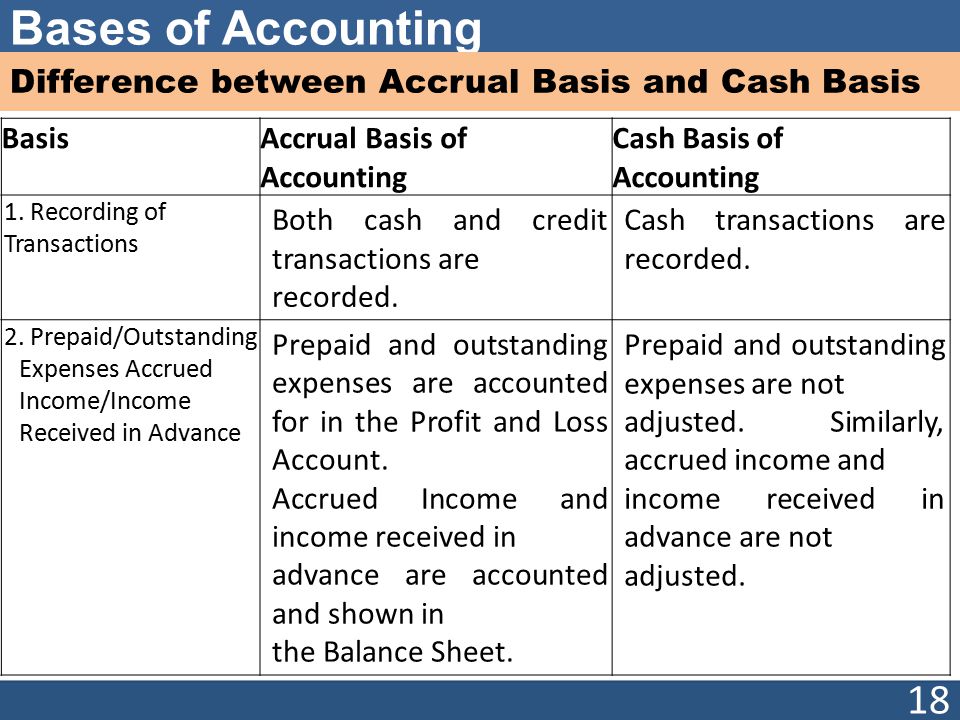
One of the most significant benefits of using a general ledger is that it becomes easier to spot financial problems in your business. For instance, if your expenses have been significantly higher over the past year, reviewing your general ledger can help you uncover why. A bank statement is essentially a record of all the activity within an individual account, showing the date of each transaction. One of the entries is a debit entry and the other is a credit entry, and the amounts of both are equal.

QuickBooks Support

The standard form of a ledger account does not show the balance after each entry. In the standard format of a ledger account, the page is divided into two equal halves. The left-hand side is known as the debit side and the right-hand side is the credit side. Before explaining what ledger accounts, it’s worth briefly introducing the ledger. These codes are sometimes called an “account number.” In this example, all puppet-making-material purchases are coded 205, all sales revenue is coded 103, and so on.
General ledgers prepare a trial balance.
A general ledger account, or GL account, is one of the basic elements of financial accounting. It indicates specific groups of financial activity, including assets, liabilities, and revenue/expenses. Make it a habit to post journal entries to reflect all financial transactions regularly, including but not limited to revenue, expenses, and asset/liability adjustment. An accurate ledger is also a good safeguard against issues like embezzlement and fraud. A trial balance is an internal report that lists each account name and balance documented within the general ledger.
Is a General Ledger Part of the Double-Entry Bookkeeping Method?
Consider one of the following solutions if those on our list above don’t suit your small-business accounting needs. If you don’t want to manually enter transactions into Wave, you can opt for the Pro plan to link an unlimited number data sources in financial modeling of bank and credit card accounts for automated reconciliation. The paid plan offers more competitive online payment processing rates, too (starting at 2.9% per transaction vs. the free plan’s 2.9% + $0.60 per transaction).
- Further, these are the obligations that you have to fulfill for the amounts you have borrowed and which have not yet been paid for.
- Each account in the general ledger contains a running balance that reflects the cumulative effect of all related transactions.
- For example, you can review your financial activity over the past year or shorten the time frame to the past 90 days.
- Next, we’ll dive into a few other financial accounting documents that are closely related to — but distinct from — the general ledger.
- Sub-ledgers are like notebooks you use to write down business transactions as they happen.
Amazon Affiliate Program: How to Become an Amazon Associate to Boost Income
In accounting, a General Ledger (GL) is a record of all past transactions of a company, organized by accounts. General Ledger (GL) accounts contain all debit and credit transactions affecting them. In addition, they include detailed information about each transaction, such as the date, https://www.business-accounting.net/ description, amount, and may also include some descriptive information on what the transaction was. These ratings are meant to provide clarity in the decision-making process, but what’s best for your business will depend on its size, growth trajectory and which features you need most.

Subsidiary ledgers include selective accounts unlike the all-encompassing general ledger. Sometimes subsidiary ledgers are used as an intermediate step before posting journals to the general ledger. A ledger is often referred to as the book of second entry because business events are first recorded in journals. After the journals are complete for the period, the account summaries are posted to the ledger. General ledger codes are typically used in accounting for classifying and recording every business transaction. These help enterprises record information about purchases, sales, and other transactions.

No matter which accounting method you use for your business, keep this equation top of mind. It tells you everything you need to know about what healthy books look like. When you set up your general ledger, you must decide whether you’ll use the double-entry method or the single-entry method. The latter is less common and suited to smaller, simpler businesses without many monthly transactions. The general ledger (also called a general journal or GL) summarizes all the financial information you have about your business. Now that you’ve learned more about what a general ledger is in accounting, you’ll be better able to provide your accountant with the information they need to keep your books balanced.
With legacy accounting systems, the chart of account segments are configured at the time of deployment and fixed for the duration of their lifespans. Depending on the business’s needs, it typically creates chart of account segments for account, cost center, or department—or possibly even a product or project. Transactions in a subledger are periodically recorded in the general ledger. Depending on how they are structured by an organization, subledger transactions are generally recorded on a daily, weekly, or monthly basis. Despite the many advantages of general ledger accounting, mistakes can happen in the process. It is critical to recognize the potential for these errors and guard against them.
You can save time on bookkeeping tasks with QuickBooks experts by your side. QuickBooks Online users have access to QuickBooks Live Expert Assisted, where experts provide guidance, answer questions, and show you how to do tasks in QuickBooks. Have more time to work on what you love when you spend less time on bookkeeping. A general ledger almost resembles a T-shaped account with entries on debit and credit sides.
Therefore, a General Ledger helps you to know the ultimate result of all the transactions that take place with regards to specific accounts on a given date. Chartered accountant Michael Brown is the founder and CEO of Double Entry Bookkeeping. He https://www.personal-accounting.org/the-best-investments-for-young-adults/ has worked as an accountant and consultant for more than 25 years and has built financial models for all types of industries. He has been the CFO or controller of both small and medium sized companies and has run small businesses of his own.
The debit side is used to record debit entries and the credit side is used to record credit entries. Batches or groups of similar accounts are kept together, and ledgers are indexed so that information pertaining to a particular account can be obtained quickly. However, the business owner can easily find the total purchases amount from the purchases account. It’s available to download in Google Docs, Google Sheets, XLS, DOC, and PDF, making it easier to see your business finances at a glance. Using a GL will keep you up-to-date on your cash flow, debts, and spending, so you can watch for trends and make adjustments to your business operations to maximize profits over time. For example, you identified that a payment of $1,000 to your vendor William Paper Mill was wrongly recorded as $100.

Add Comment